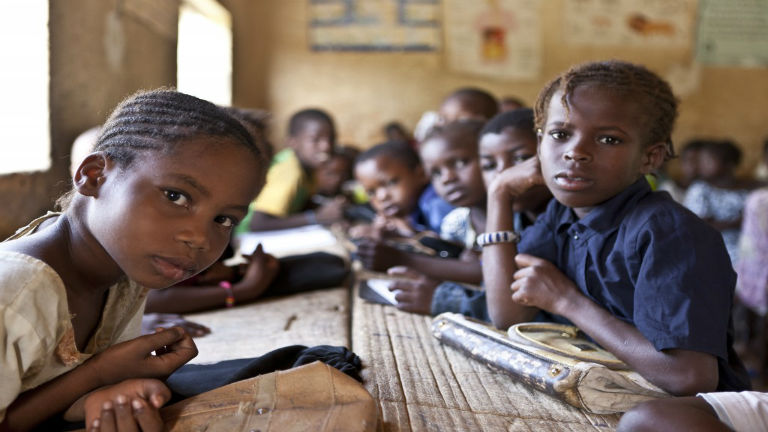To celebrate the 25th anniversary of the Convention on the Rights of the Child, UNICEF’s work experience student Chanel Lally, reflects on children’s rights.
Twenty-five years ago, the world made a commitment to all its children: that we would do everything in our power to promote and protect their rights. The convention was an innovation that recognised that children have rights that must be respected equally to those of adults. This stated that all children have the right to health care, nutritious food, education, freedom from violence and exploitation and time and space to play. The world is changing rapidly in many different ways and I find it hard to believe that before this convention was introduced, the rights of children were not seen as important. The population is rising dramatically and it is estimated that by the year 2050, there will be a population of nine billion – nearly 2.7 billion people under 18. We would hope that all of these children will have equal rights and opportunities, but this is currently not the case and we must all work together to make this a reality.
Great progress has been achieved in the past twenty-five years since the Convention was adopted; however looking back on this progress reminds us of what is still left to do. On a good note, the CRC has inspired changes in laws to protect children’s rights in every region of the world. However, we still face huge problems as 6.6 million children under 5 years of age died in 2012, mostly from preventable causes.
“The vision of the Convention can only be achieved if all children’s rights are realised, including the most disadvantaged. No child can be left behind.”
Inequities strongly influence children’s lifelong opportunities. An example of this is that in Sub-Saharan Africa, one in every 10 children born die before their fifth birthday, nearly 16 times the average in high income countries. The most marginalised and excluded children are often the least visible. Children most at risk of their rights to survival, protection, freedom and identity being violated include orphaned children, children with disabilities, children living in slums and children subject to forced labour. Reaching the most marginalised and excluded children is essential for a more just and equitable world.
It is said that education is the escape route from poverty and I have great faith in this. It is clear that even in today’s world, great discrimination still exists, in particular towards women. Regardless of wealth, girls continue to be held back from schooling. For every 100 boys enrolled in primary school in West and Central Africa, only 90 girls are admitted. The situation is worse in secondary school, where only 76 girls are enrolled per 100 boys. This is a frightening statistic that desperately needs to change. When girls are educated, this doesn’t just give them more opportunities for employment. It also teaches them healthy eating, sanitation methods and family planning. It is not surprising that in South Asia, boys are almost twice as likely as girls to have a comprehensive knowledge of HIV with which to protect themselves.
As we enter the next 25 years of the CRC, it is not enough to continue with the current level of progress. Drastic changes are now required to assist children all over the world who are in most need of our help. The goal is a world in which every child can exercise her human rights without discrimination. I understand that this will not be achieved overnight, but I believe that with the current progress of innovation, there is definitely hope for the future.


